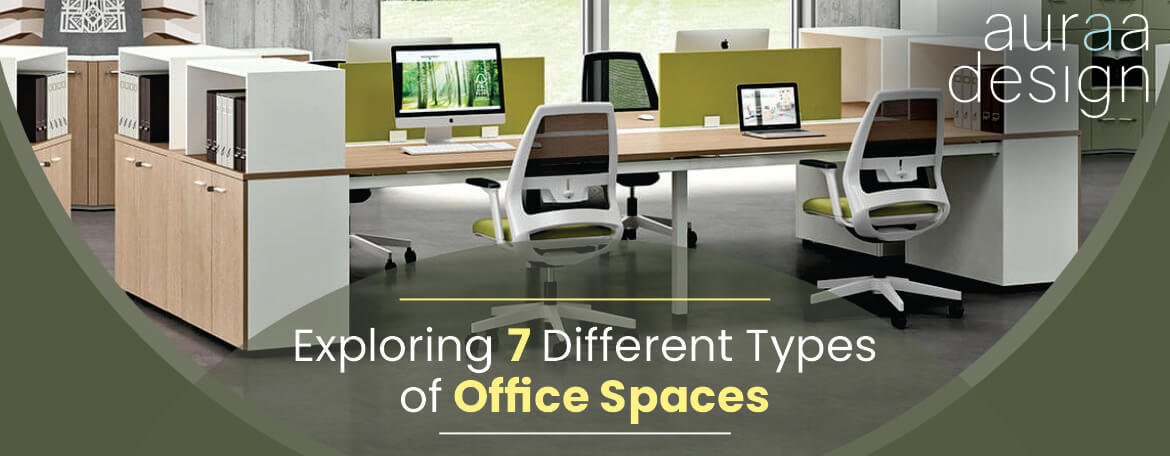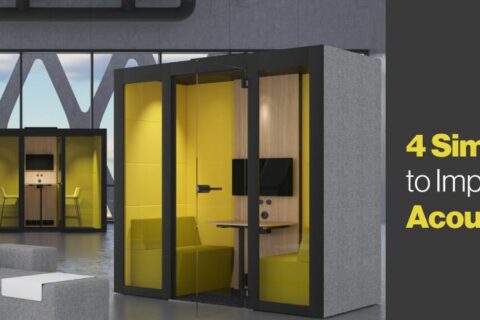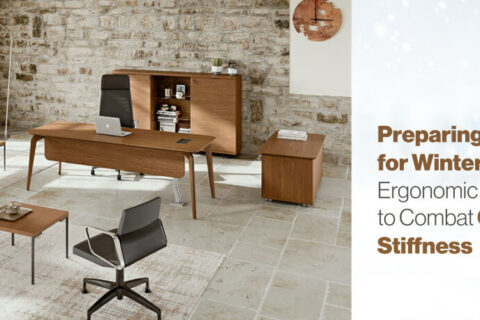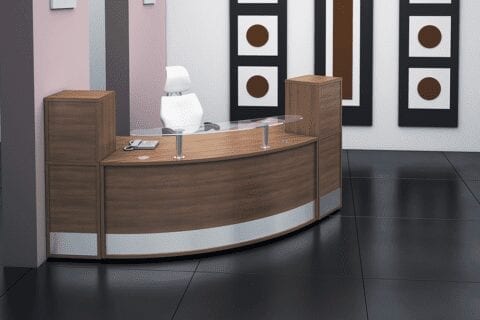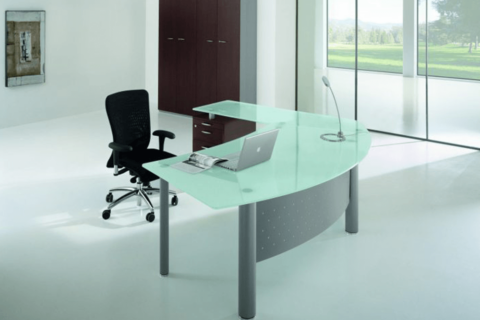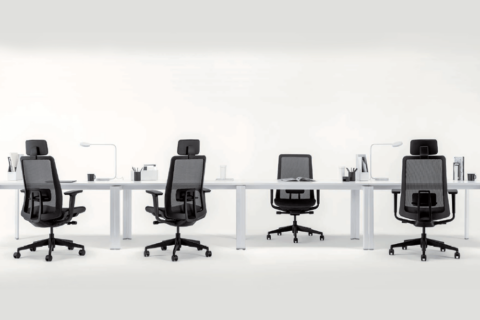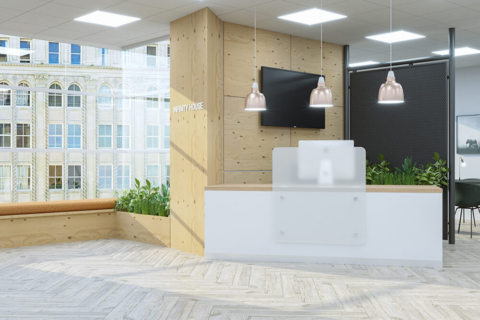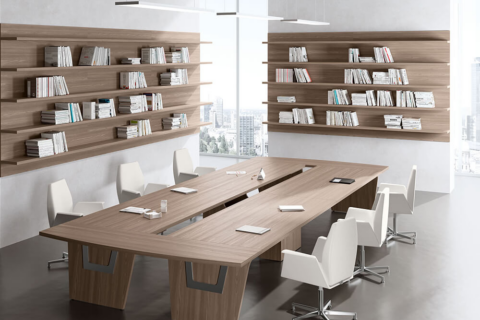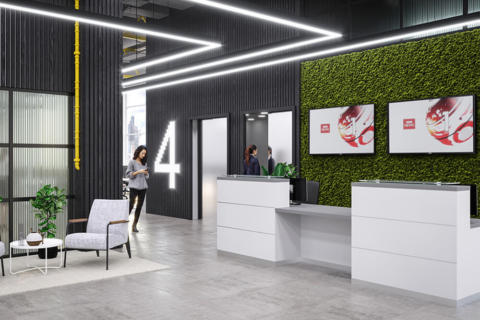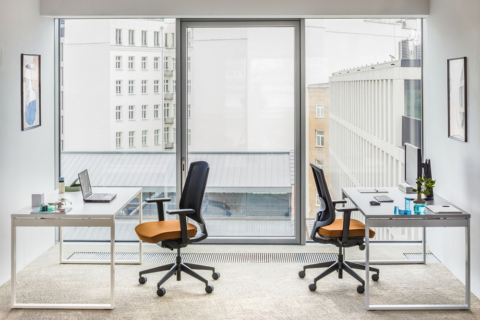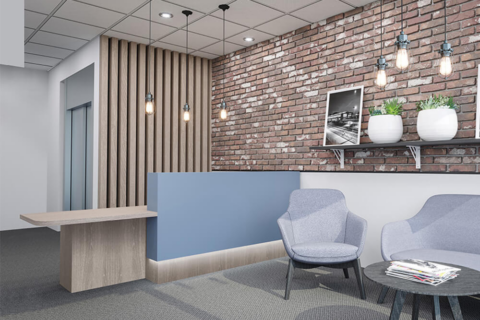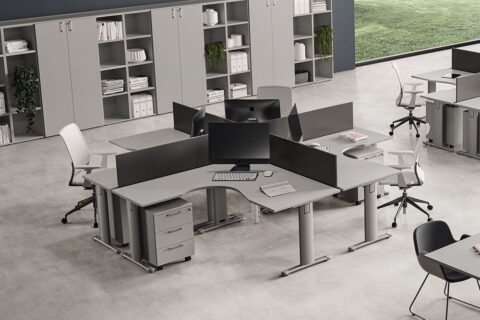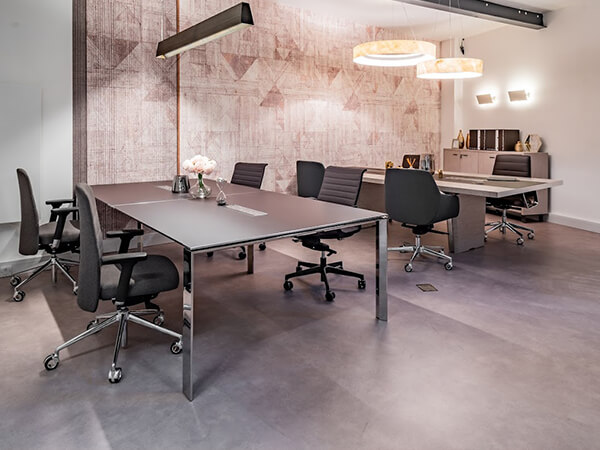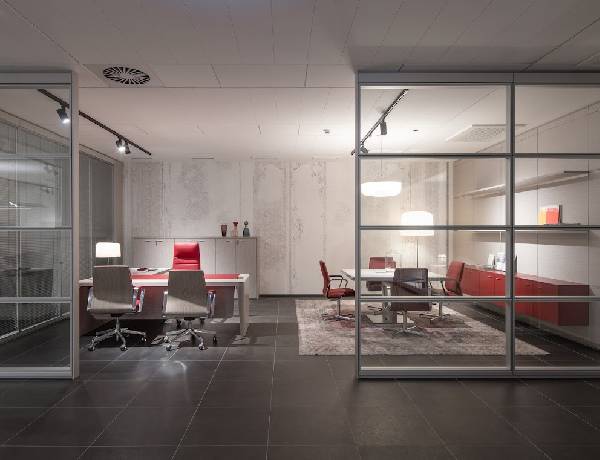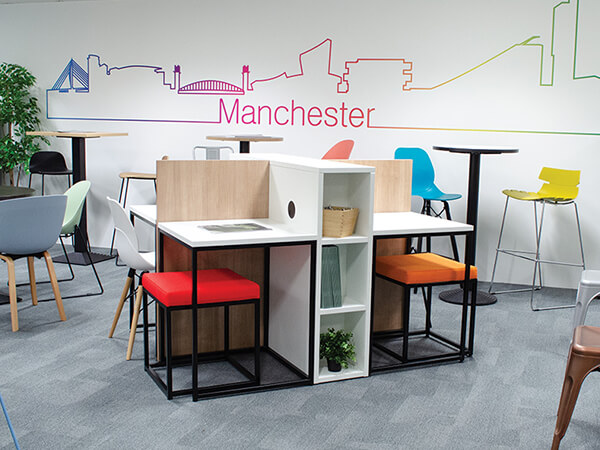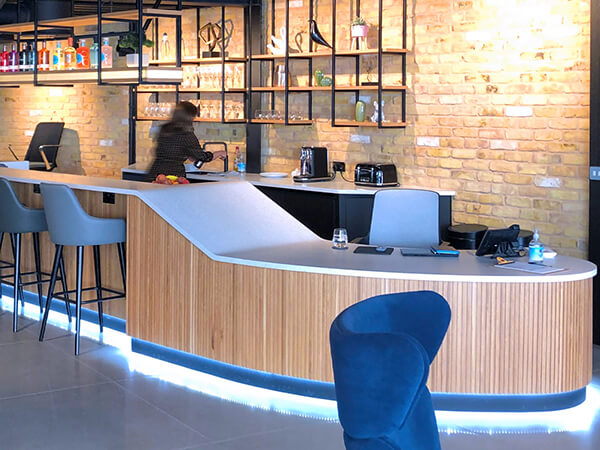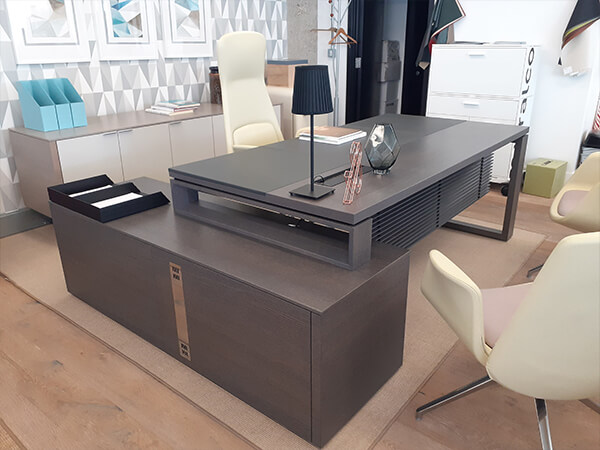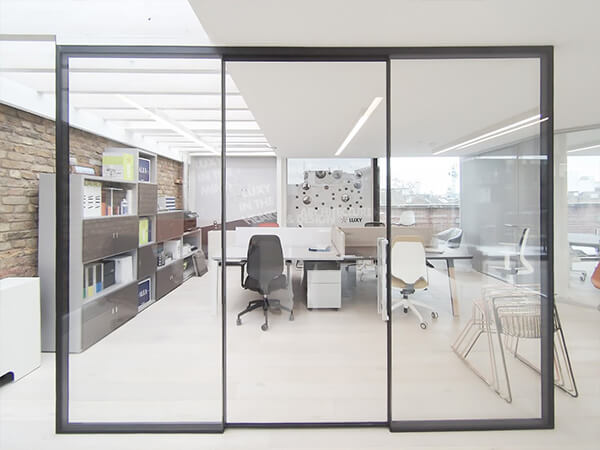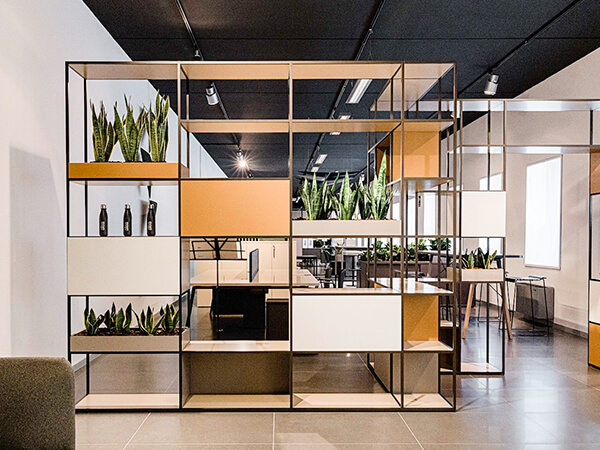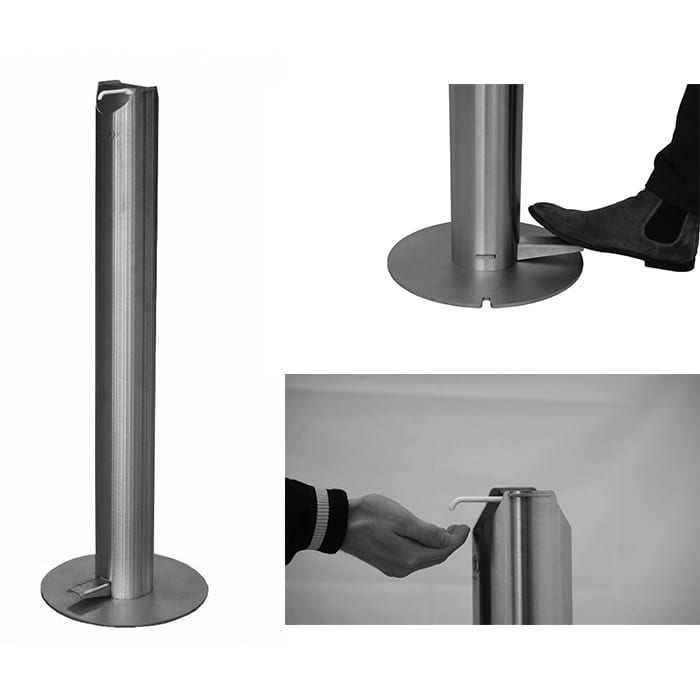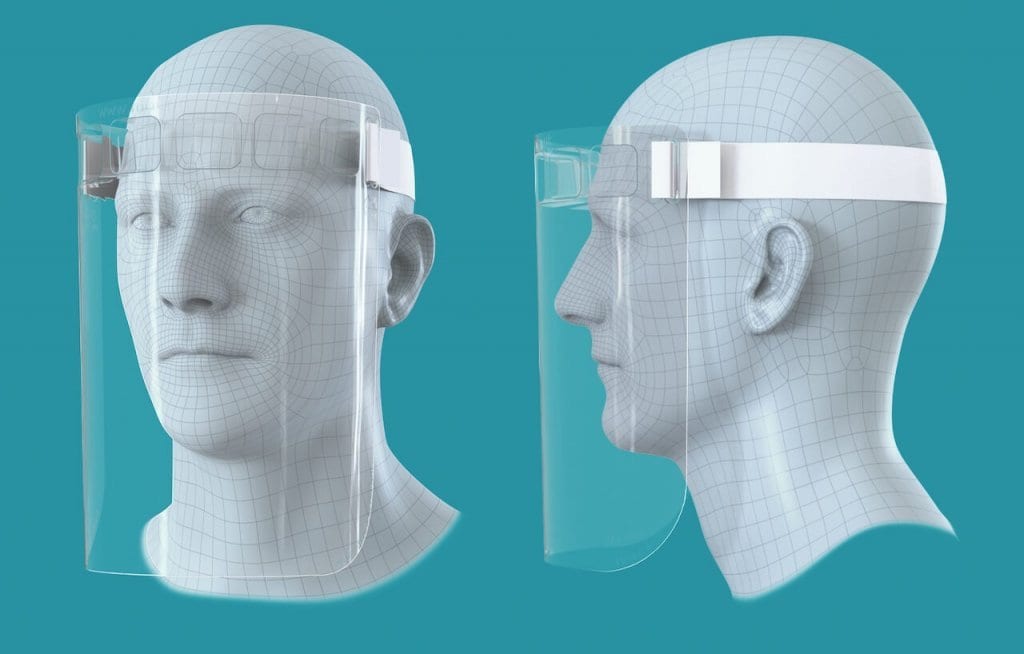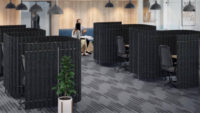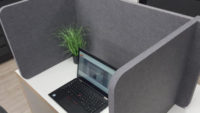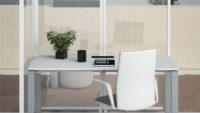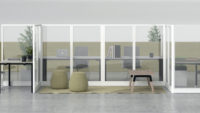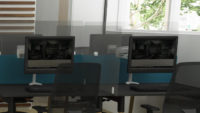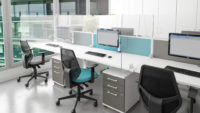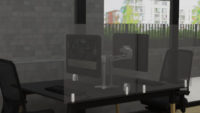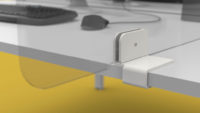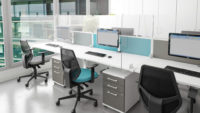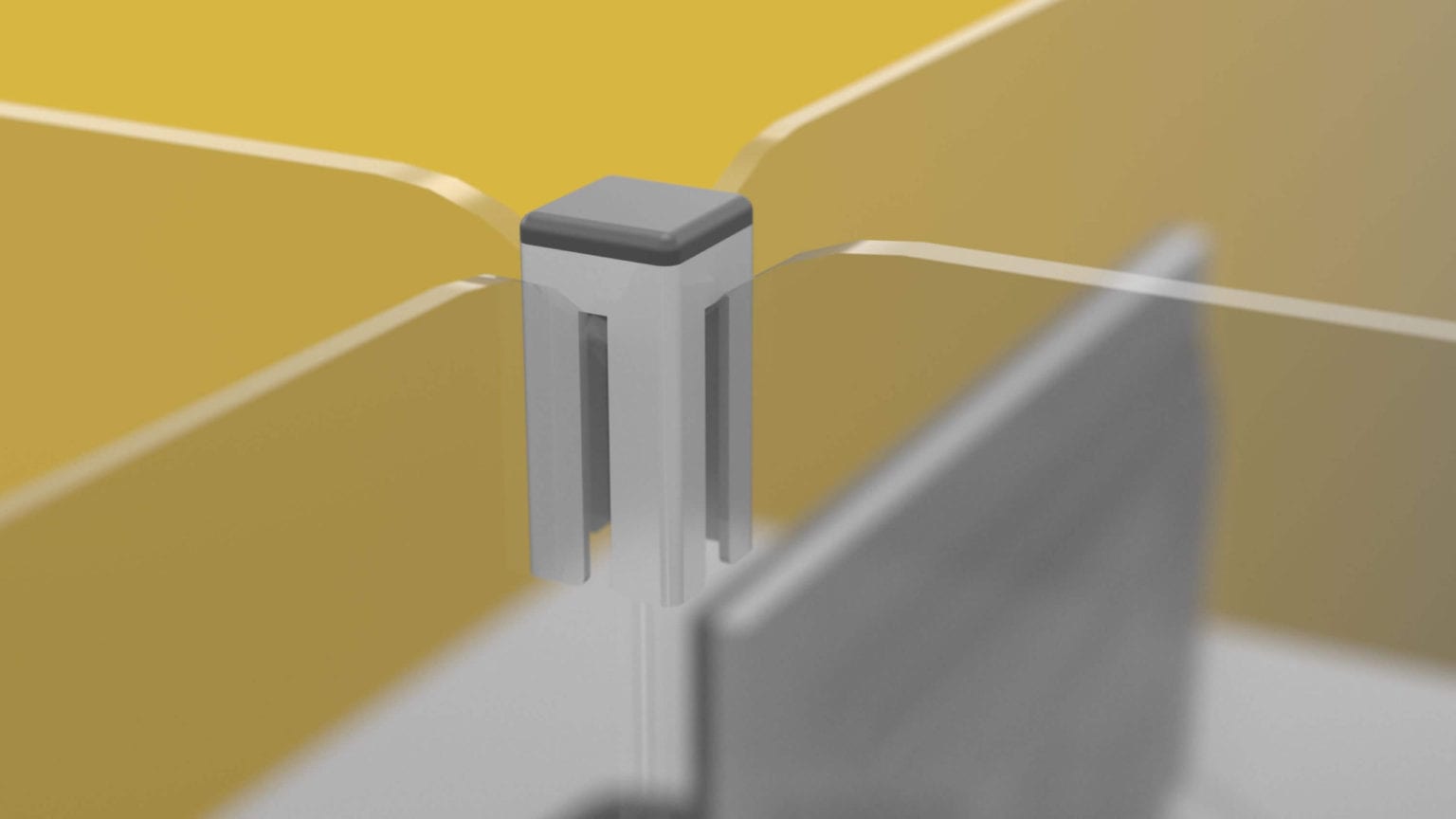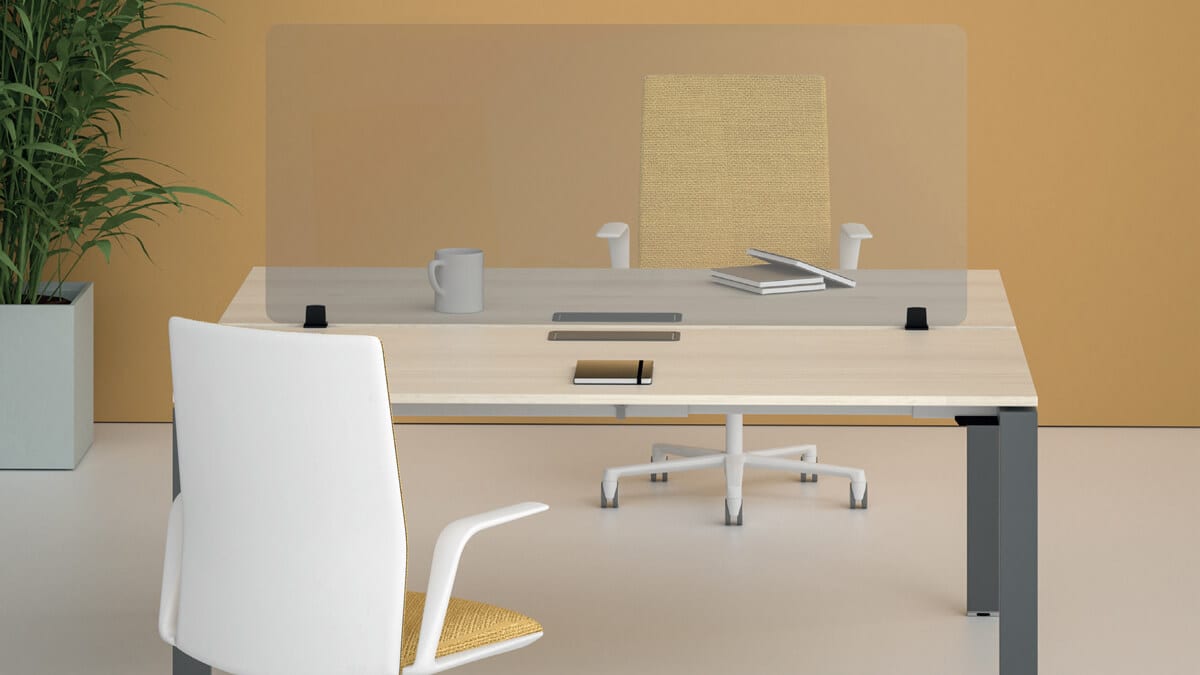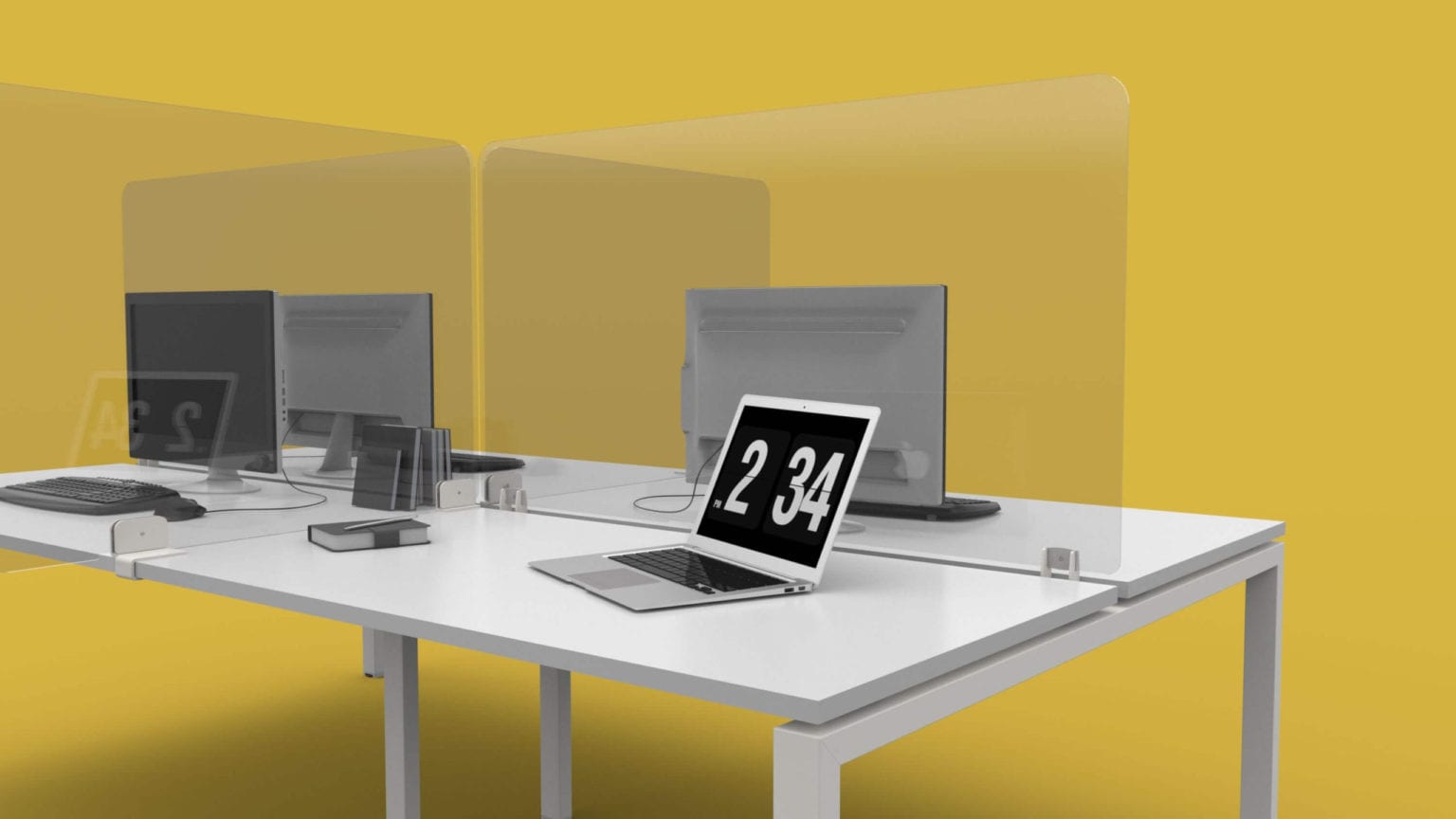A productive work environment is crucial for effective teamwork and brainstorming sessions.
The concept of office spaces has evolved significantly over the years. From the conventional cubicle-filled setups of the past to today’s modern, flexible work environments, there is a wide range of office spaces catering to different needs and working styles.
In this blog, we will explore seven distinct types of office spaces to provide you with inspiration for your office space and to show the advantages of varied workspaces.
Table of Contents
- Traditional Office Space
- Open Plan Space
- Creative Office Space
- Contiguous Co-Working Space
- Hot Desking Work Space
- Executive Suites
- Co-working Space
7 Distinct Types of Office Spaces
1. Traditional Office Space
The traditional office space is the classic corporate setup. It typically consists of private offices and cubicles, separated by walls and partitions.
This layout offers privacy and a sense of personal space. Traditional offices often have a hierarchical structure, with management occupying individual offices and staff working in cubicles.
Advantages of traditional office spaces
- Offers privacy and dedicated workspaces for employees
- Fixed desks allow colleagues to navigate the space easily (if you need someone from another department, you know exactly where to go)
- The workforce will feel engaged within their teams
- Allows for team meetings and collaboration without having to move to a new location
2. Open Plan Space
The open-plan office space represents a modern and collaborative approach to workplace design. In this layout, the office is characterised by a spacious, open area where employees work together without the constraints of walls or partitions.
This setup encourages communication and interaction among team members, fostering a sense of unity and shared purpose.
Advantages of open plan office layout
- Increased communication between teams
- Increased collaboration between teams
- Improved company culture and happiness because of collaboration and communication.
- Fosters a relaxed working environment
3. Creative Office Space
The creative office space breaks traditional norms, embracing a more open and collaborative environment. These spaces are designed to foster creativity, innovation, and teamwork.
Creative offices often feature open floor plans, communal areas, and vibrant décor. They prioritise flexibility with movable office furniture and adaptable spaces.
Also read: 5 Inspiring Ways to Incorporate Glass in Your Office Interiors.
Advantages of creative office spaces
- Problem-solving and collaboration is encouraged
- Breakout areas allow work colleagues to communicate effectively
- Encourages workforce to be innovative
4. Contiguous Co-working Space
Contiguous co-working spaces have gained immense popularity in recent years. They are office spaces adjacent to each other where companies can rent. A department or work area usually occupies each of the spaces.
This type of office space is beneficial for large businesses that need different office sizes but require the spaces to be within one building. These spaces provide the benefits of a traditional office, such as privacy and dedicated work areas, while fostering a sense of community and collaboration.
Also read: The Ultimate Guide to Buying the Right Office Pod.
5. Hot Desking Work Space
In this setup, employees do not have assigned desks; instead, they choose their workspace daily based on availability.
This approach promotes a more agile and versatile work culture, enabling employees to adapt their surroundings to the tasks at hand and encouraging cross-team interaction.
Advantages of hot desking workspaces
- Saves money for companies who have employed a hybrid working approach
- Encourages collaboration, communication and cross-department networking
- Promotes an equitable working environment
6. Executive Suites
Executive suites are upscale, fully furnished office spaces for high-level professionals and executives.
Executive suites provide a prestigious and professional environment for businesses requiring high and privacy. They are often utilised by law firms, consulting agencies, and executives seeking a prestigious address and a polished atmosphere.
Also read: 6 Inspiring Law Office Design Tips to Create a Welcoming Space
Advantages of executive suites
- Allows privacy for clients and companies who deal with sensitive information
- Quiet office space for those who deal with complex issues and need solitude
- Increased productivity for some sectors
7. Co-working Space
Co-working spaces have revolutionised the way people work. These shared spaces offer a flexible and affordable alternative to traditional offices.
Co-working spaces provide a variety of work settings, including private offices and communal breakout areas.
They often feature amenities like meeting rooms, event spaces, and shared resources like printers and high-speed internet.
Advantages of co-working spaces
- Flexibility for small businesses
- Access to amenities, such as coffee machines, conference rooms, printers and Wi-Fi
- Networking opportunities with other businesses cohabiting in the working space
Create your own office space with Auraa Design
The landscape of office spaces has transformed significantly, catering to diverse work styles and needs. Traditional offices provide a formal and private environment, while creative spaces foster collaboration and innovation.
Furniture plays a crucial role in creating the perfect office environment. At Auraa Design, we specialise in providing high-quality modern office furniture solutions for various office spaces. Whether you are setting up a traditional office, a creative workspace, a co-working area, or even an executive suite, we have got you covered.
Contact us to explore our diverse range of modern office furniture.
Related


